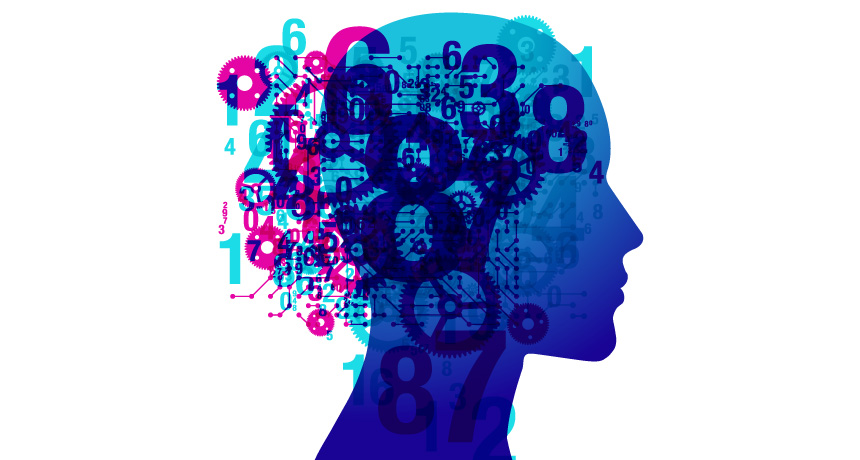ChatGPT is the latest AI bot on the block. This is a big deal, even if you don’t know much about artificial intelligence. This tool, from OpenAI, lets you type natural-language prompts. In response, ChatGPT offers conversational, if somewhat stilted, responses. As it responds to your questions and answers, the bot remembers the thread of your dialogue. The answers it provides are based on huge amounts of online information.
When there is good training data for the tool to learn from, it seems pretty knowledgeable. While it’s not omniscient or intelligent enough to replace all humans just yet, it can be creative, and its responses can sound downright authoritative.

OpenAI warns, however, to be careful. The ChatGPT has a number of potential pitfalls, some obvious and some not so obvious. OpenAI Chief Executive Sam Altman tweeted: “It’s a mistake to rely on it for anything important right now.” “There’s still a lot of work to do on robustness and truthfulness.” Here’s what you need to know about ChatGPT.
It’s becoming a big business. Microsoft pledged billions of dollars in OpenAI in January. A modified version of the technology behind ChatGPT is now powering Microsoft’s new Bing challenge to Google search and, eventually, it’ll power the company’s effort to build new AI co-pilot smarts in to every part of your digital life.
In addition to processing search queries, compiling results from multiple sources, summarizing documents, generating travel itineraries, answering questions, and generally talking to humans, Bing uses OpenAI technology. This has the potential to revolutionize search engines, but it has been hampered by factual errors and unhinged conversations.
So What exactly is ChatGPT capable of?

There is no limit to what you can ask, but you might not get an answer. There are several categories suggested by OpenAI, such as explaining physics, asking for birthday party ideas, and asking for programming help.
We asked the programme to write a poem, but we don’t think any literature experts would be impressed. Then we asked ChatGPT to make it more exciting, and lo, it used words like battlefield, adrenaline, thunder, and adventure.
IOI Research Team
ChatGPT isn’t afraid to go for it in areas where people would be afraid to tread: a command to write “a folk song about writing a rust program and fighting lifetime errors.”
There is no doubt that ChatGPT has a wide range of expertise, and its ability to follow a conversation is exceptional. It suggested a few words that rhymed with “purple,” then followed up with “How about with pink?” without missing a beat. In addition, there are a lot more good rhymes for “pink.”
Many accounts of the bot blowing people’s minds can be found online. There are a number of users on Twitter who are displaying the AI’s aptitude for generating art prompts and writing code. “Google is dead,” along with the college essay, according to some. In the next section, we’ll talk more about that.
The CNET writer David Lumb has compiled a list of some ways ChatGPT can help, but more keep popping up. In one case, a doctor says he used it to convince an insurance company to cover a patient’s procedure.

How does it work?
You’ll probably get the right answer if you ask it a well-structured question, said Mike Krause, data science director at Beyond Limits, a different AI company. “If you throw a curveball at it, you’ll get nonsense. But if you articulate it well, it’ll sound like it came from a Harvard professor.”

ChatGPT text was banned by the journal Science in January. “AI programs cannot be authors. Any violation of these policies would constitute scientific misconduct, the same as altering images or plagiarizing existing works,” H. Holden Thorp, Editor in Chief, said.
Software developer site StackOverflow banned ChatGPT answers to programming questions. According to administrators, ChatGPT’s average rate of correct answers is too low, so posting answers created by ChatGPT is substantially harmful to the site and users looking for correct answers.
The same question can be asked multiple times by ChatGPT to see how artistic they can be. When we asked twice whether Moore’s Law, which tracks the computer chip industry’s progress in increasing the number of transistors for data processing, is running out of steam, we got two different answers. While one pointed optimistically to continued progress, the other cited the slowdown and the belief that Moore’s Law may be coming to an end.
It is possible that this ambiguous stance reflects what human experts believe as well.
ChatGPT will often be unable to answer questions with unclear answers.
However, its ability to provide an answer is a notable development in computing. There is no getting around the fact that computers are notoriously literal, refusing to work unless you follow the exact syntax and interface requirements. A larger language model reveals a more human-friendly interaction style, as well as an ability to generate answers that are somewhere between plagiarism and creativity.
The Infrastructural Usages

ChatGPT uses Natural Language Processing (NLP) to understand and respond to user queries naturally and conversationally. Open AI, an American AI research laboratory, launched it as a free research prototype in November 2022. One of the most advanced NLP models to date is based on the Machine Learning (ML) model Generative Pretraining Transformer-3 (GPT-3).
Pretraining at a large scale is the first step
“Pretraining” means the chatbot already has a database of text or words, enabling it to understand the patterns and structures of natural language. Since the AI tool adapts to the query context, the responses are conversational.

To process long data sequences effectively, the transformer structure consists of layers that prioritize words and phrases in user inputs. In order to provide users with more coherent responses, the model attempts to understand the context and meaning of the information further.
OpenAI developed ChatGPT, a state-of-the-art language model for generating human-like text, completing tasks, and answering questions. Using over 175 billion parameters and trained on a massive dataset of internet text, ChatGPT can produce a variety of outputs. There are many exciting developments in artificial intelligence, such as this versatile model.
Take advantage of ChatGPT’s full potential today! Go to https://chat.openai.com/




